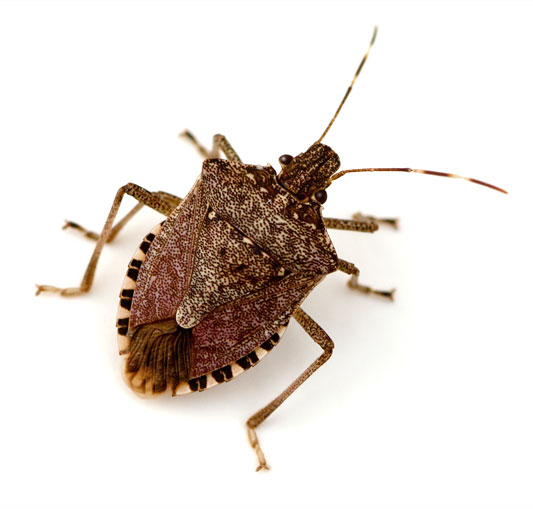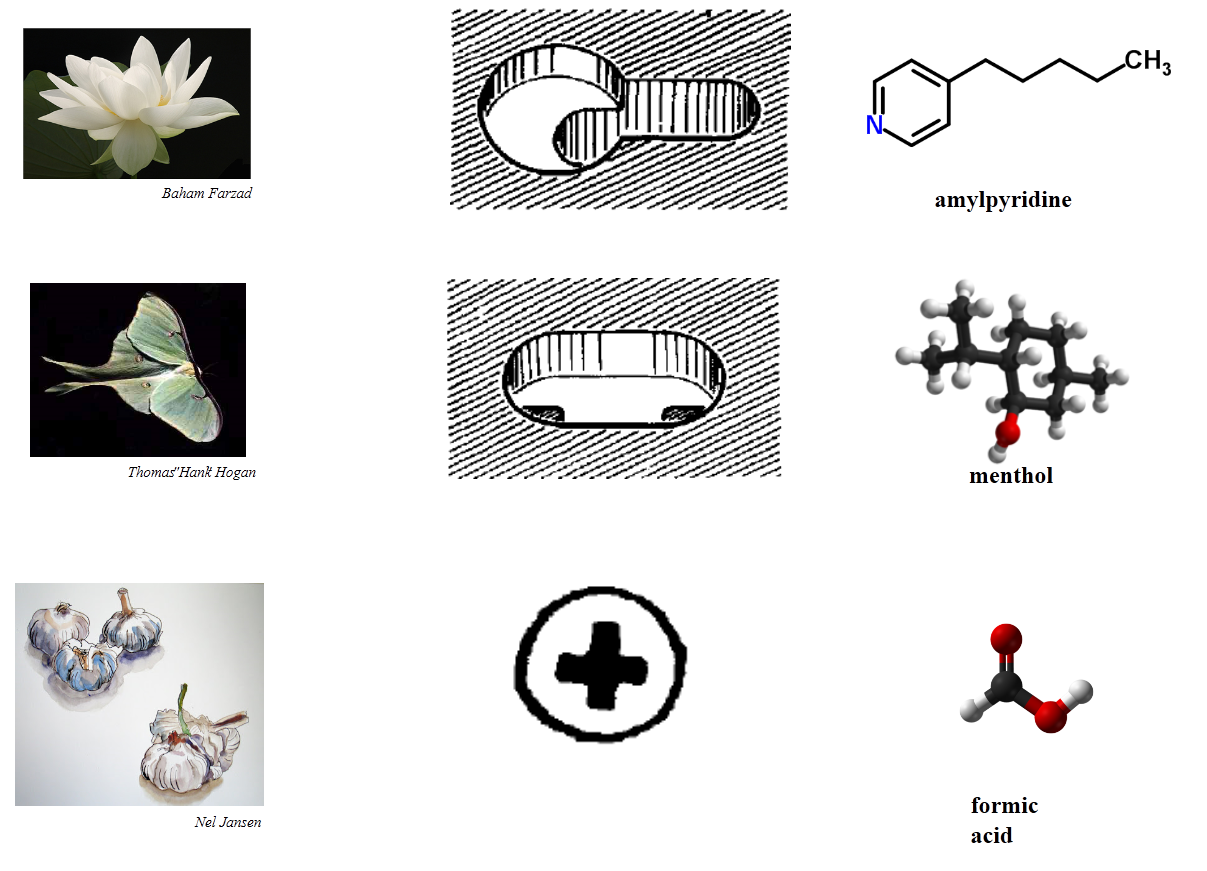 The
Physics of Smell
The
Physics of Smell
Copyright
of Bigstock
action, reaction, and olfaction
synthesized...
Shape Theory (is not the whole truth)
The Shape Theory of olfaction is relatively
straightforward: after diffusing through the air to our noses, a
chemicals' physical shape acts as a 'key' which fits into a
corresponding 'lock' on the surface of our noses. The lock then
triggers receptors, which feed information to our brain to be
processed into the corresponding odor. We see this same sort of
recognition pattern with immune system antibodies as well as certain
taste systems in our tongues (1), so it makes sense that our noses
use it too. However, as we will see later, shape theory is not the best mechanism for
explaining the olfaction process; it's been trumped by quantum
physics. In the meantime,
the chemical shapes of shape theory can be roughly divided into
seven categories:
Ethereal

light,
airy, tenuous
oblong, flat
molecules
Camphoraceous
smelling of the camphor tree
relatively spherical molecules
Musky
sweet or foul,
always compelling
flat circular molecules
Floral
Valentine's
flat circular molecules with a tail
Minty
chill, so fresh n' clean
molecules that are oblong,
but not too much so
Pungent
strong,
aggravating
electrophilic (positively-charged)
molecules

Putrid
repulsive (i.e.
Durian fruit)
nucleophilic (negatively-charged)
molecules
 The
Physics of Smell
The
Physics of Smell The
Physics of Smell
The
Physics of Smell